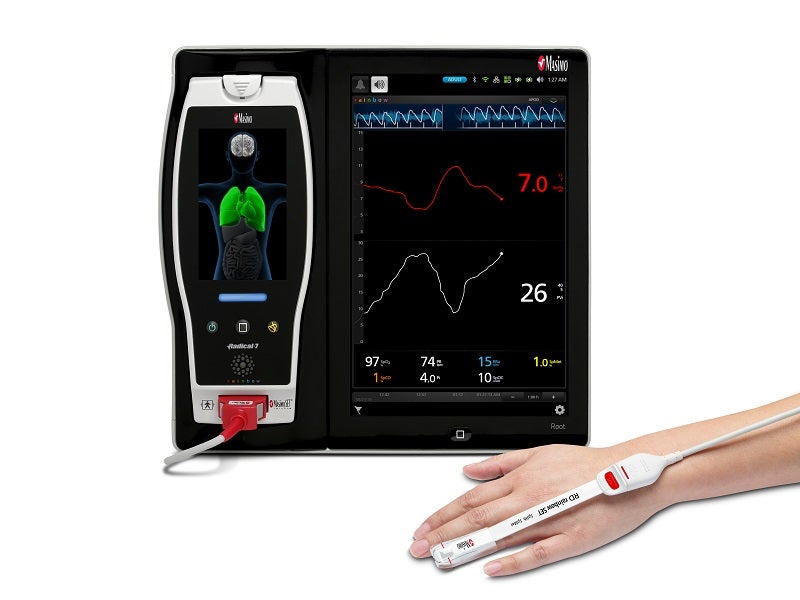
Masimo has reported data from a new study of its SpHb on blood transfusion management for adults undergoing major surgery.
The double-blinded, prospective, randomised, controlled trial has evaluated the non-invasive and continuous haemoglobin monitoring impact using Masimo SpHb on blood transfusion management for adult patients who are undergoing surgery with 20% or more expected blood loss.
It was conducted by Dr Sukriye Akdag and colleagues at Marmara University in Istanbul, Turkey.
A total of 120 patients aged 18 to 85 years, who were scheduled for major surgery, were enrolled in the trial and randomly divided into a control group and an SpHb group.
When monitored using Masimo SpHb in the operating room, the researchers found that the postoperative red blood cell (RBC) transfusion rate was significantly less and haemoglobin levels in ICU patients were higher.
They have also concluded that the device can offer effective patient blood management in major surgery cases.
How well do you really know your competitors?
Access the most comprehensive Company Profiles on the market, powered by GlobalData. Save hours of research. Gain competitive edge.

Thank you!
Your download email will arrive shortly
Not ready to buy yet? Download a free sample
We are confident about the unique quality of our Company Profiles. However, we want you to make the most beneficial decision for your business, so we offer a free sample that you can download by submitting the below form
By GlobalDataThe researchers said: “SpHb measurement in major surgical cases can accompany conventional Hb measurement methods, allowing effective patient blood management practice.
“Since this may decrease mortality and morbidity by reducing postoperative blood transfusion, the use of such an advanced monitoring method in major surgeries may increase patient safety.”
Masimo stated that the latest study adds additional evidence to continuous haemoglobin monitoring with SpHb.
The device has also been found to improve outcomes in high- and low-blood loss surgeries.
It helps reduce the units of red blood cells transfused per patient, the percentage of patients receiving allogeneic transfusions, transfusion time and costs, and mortality by 33% and 29% after 30 and 90 days of surgery, respectively.







